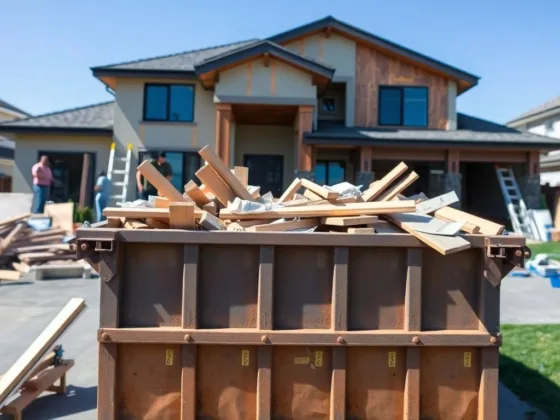We see sand in so many places, most popularly in beaches and in construction sites.
There are various types for different uses like river sand, masonry sound, construction sand, and granite sand.
These types of sand are mostly used in building concrete. Sources of sand include river, pit (from old stream beds), streams, crushed stone, and sea.
Sourcing of sand and knowing where sand is sourced from is very important for construction experts. Not all sand is good and safe to use for construction.

For this article, we will focus on sand used for construction and the quality of the sand.
Sand is normally used for concrete, mortars, and plasters. It is also used for filling under floors and basements. Its use is depending on how fine the sand is.
The type and quality of sand are very important in construction. You cannot just use any type of sand.
You have to make sure that you use only the right quality of sand. A structural engineer can help determine what type of sand should be used.
Basic Facts about Sand
The color is not the only primary distinction between the types of sand. It is according to the particles. It is important to check what the sand is mixed with. For example, gravel is stable.
But depending on the source of sand, it may not be as stable and recommendable to be used for houses or buildings. For example, if sand is mixed with unstable soil, plant or clay, then this is not stable.
The types of sands are coarse sand, brick sand, river sand, crushed stone sand, and utility sand. Coarse sand is often thick, hard and sharp. It is used most often for mortar formation because cement produced is stronger.
For construction, coarse sand is preferred over fine sand. Brick sand is usually light grey or white. This is smaller and is commonly used for masonry work.
River sand is brownish in color and fine in quality. The moisture absorption of river sand is used for improving structural integrity.
Crushed stone sand is sourced from crushed minerals such as granite or limestone. This is used normally for roads.
Lastly, utility sand is made from quartz and is coarse. The use of utility sand is mainly as a base material and is referred to also as pipe sand. This can be used to fill in holes, walls, pipes, and trenches.
Importance of the Sand’s Quality
The color of the sand is not as important. What matters more is the purity of its particles. Good sand should not be contaminated or mixed with topsoil, clay or vegetation.
Hence, the source of sand is very important. Sand mined from the lake is good since this is washed from impurities.
If sand is not as pure, it can affect the proper bonding between the cement and the sand. The outcome in construction will not be as strong and sturdy.
The right mixture is also very important. In making the mortar or concrete mix, sand is mixed with cement or water.
The right mixture then of such components of sand, cement, and water also determines the durability of the structure.
Concrete can expand and shrink, especially if there are changes in temperature and moisture.
Thus, this further stresses the point that the right mixture of sand, water, and cement should be practiced.
How to Test the Quality of the Sand
The best way to determine the suitability of the sand to be used in a building, a grading test should be done. During this test, the particles are determined if it is fine or coarse.
This can still be further segregated or defined into five zones: Very coarse, Coarse, Fine, Very fine and Very very fine.
The quality of sand is determined by checking the presence of clay. Good quality of sand should have less amount of clay.
There are many ways in checking the quality of sand. Below are some ways on how to check the presence of excessive clay:
- Get a glass of water and add some sand to it. Shake it hard and allow the sand to settle. Then, check if there will be a visible layer that will be formed on the sand. There should be less than 8% of clay to say that this is a good sand.
- Drop dry sand. If the sand sticks to your palm, then it has clay.
To sum up, the selection of sand is very important, most especially in construction.
Sourcing of sand from a quality provider such as Soil Yourself; will help in determining its type that is right for the job, and the right quality and mixture are all important factors to consider.
Testing the quality of sand should be done before construction. Consult your structural engineer so you can be assured of constructing a safe and stable structure.









